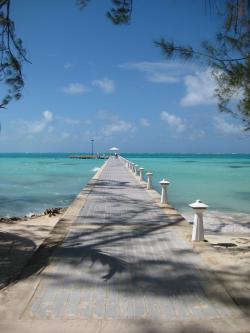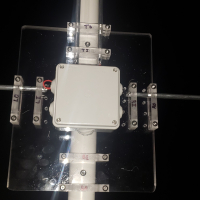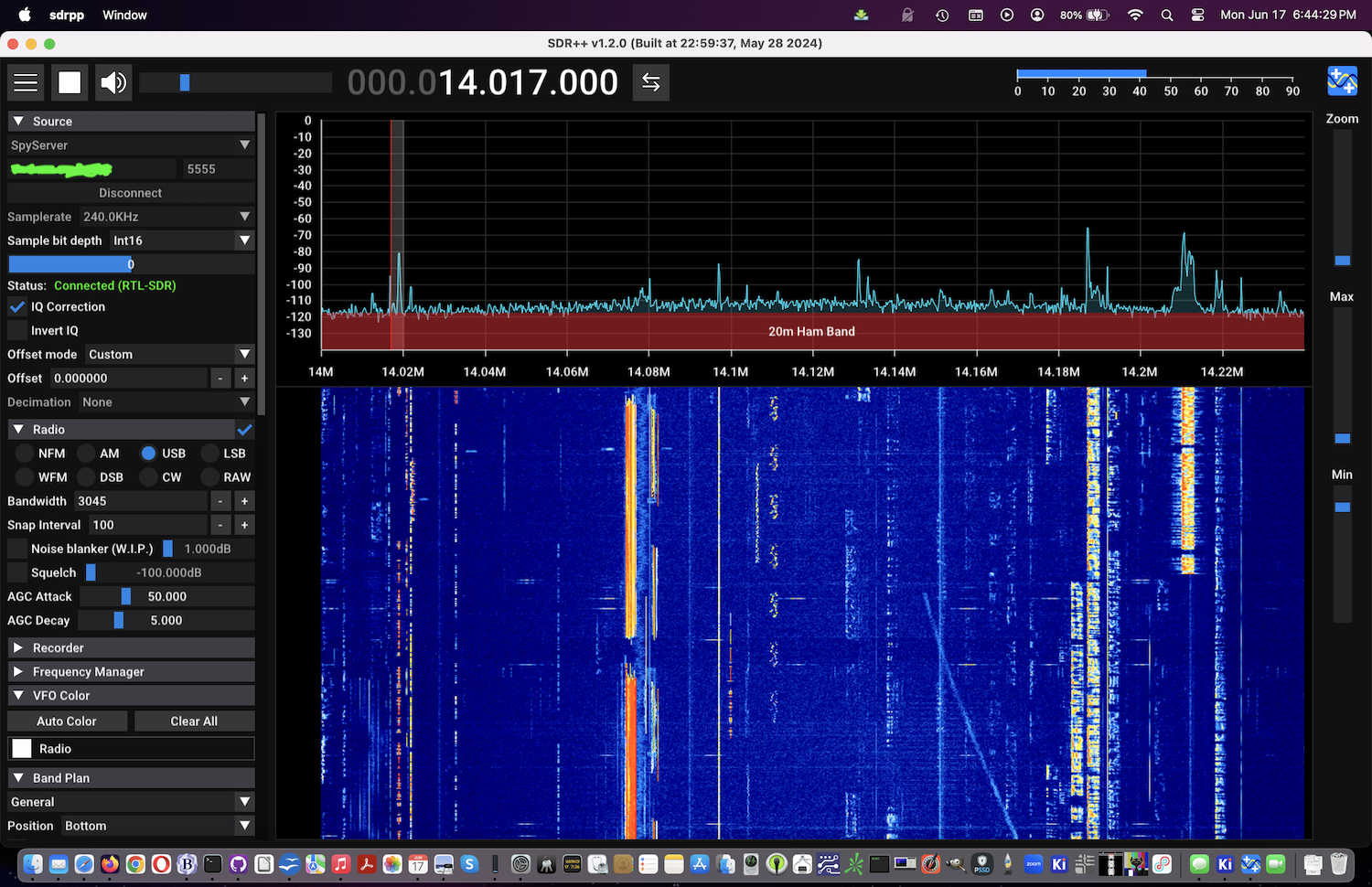jks
About
- Username
- jks
- Joined
- Visits
- 36,739
- Last Active
- Roles
- Member, Administrator, Moderator
- Points
- 670
Reactions
-
KiwiSDR 2 production status
The cases have arrived and David, ZL2BA, has been busy assembling the units.
The store should open in less than a week. Everyone that emailed sales@kiwisdr.nz will receive an email reply when the store opens. It will also be announced here, on Twitter and the various web pages.
Many units will be shipped to ML&S (UK) and WiMo (DE) as well.
Thanks everyone for your ongoing support and patience.
-
This is why we can't have nice things
-
KiwiSDR 2 production status
-
Wideband IQ streaming mode for local processing? [better late than never!]
@ok1iak Well, here we are. Over two years later. I had not forgotten about this. For various reasons I decided now was the time to give it a try.
This is an extremely early result. There are all kinds of problems. Currently, all I can get semi-reliably without too many glitches is a wideband output of 240 kHz. I'm pretty sure more can be done with some optimization. There is no CIC filtering in the FPGA yet, so there is aliasing.
To get SDR++ working as quickly as possible on my Mac the easiest thing to do was write a very quick and dirty SpyServer implementation (partial) from the public spec. That's why below it says "SpyServer", "Int16" and "RTL-SDR". But it really is connected to a Kiwi-2 on the special SpyServer port 5555. I have not tried SDR# yet. This Kiwi is on the other side of the world from me. So it is streaming at 240 kHz over the Internet successfully.
You can't make any Kiwi user connections when the Kiwi is configured for wideband mode. But you can make an admin connection. Lots and lots of work to do before this is ready for any sort of release.
-
Private use of a KiwiSDR receiver in France
Well, none of this is really new. It's just operating in the modern context of SDRs and the Internet.
Hams have been "bootlegging" callsigns for nearly 100 years. Pirates have always existed.
Most countries technically have regulations allowing radio monitoring for personal use, but prohibiting "retransmission". But the precise interpretation of those terms for HF are vague at best given the border-crossing nature of HF. And HF is mostly uninteresting to everyone except us anyway.
Much more applicable to VHF/UHF short-range communication services that might be impacted by retransmission. Although encryption in recent times has made that point mostly moot.
To your last point: I don't think it makes any sense to be including, on a public list, any Kiwi that requires a password likely to be unknown by 99% of the users connecting. That makes its inclusion completely worthless. Perhaps a separate area listing "private" access Kiwis? But that doesn't seem worth the effort.








